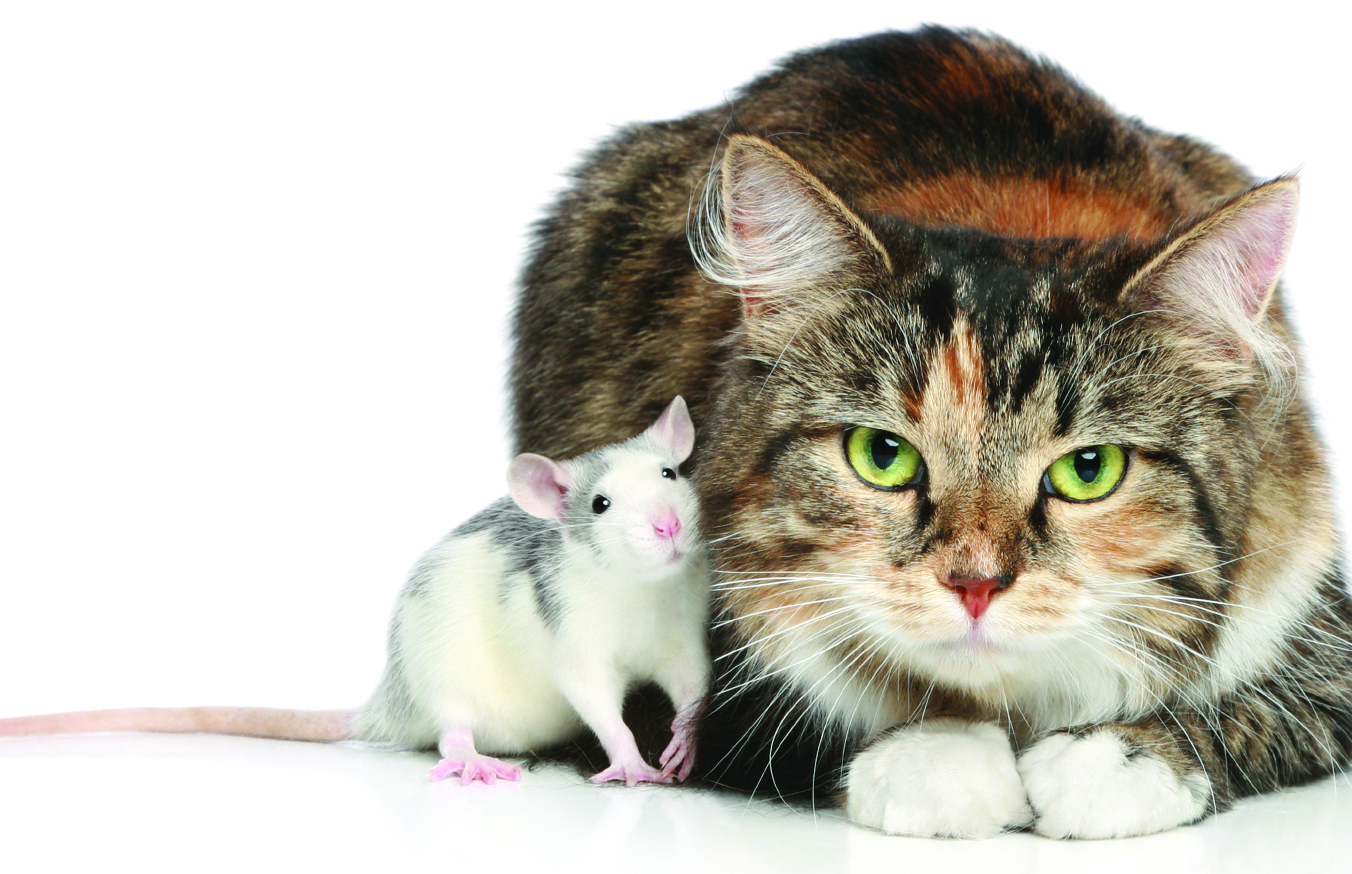Issue:July/August 2014
MANAGEMENT INSIGHT – The Secret to Successful Global Expansion is to Bring Your RATs & CATs Together
Indulge me a moment for bragging, but this month, my little CDMO made a very big jump. We became the first American CDMO with revenue under $1 billion dollars to set up operations overseas, opening a clinical packaging and distribution facility near Birmingham, UK.
We’re the first, but I very much doubt we’ll be the last. This is just too obviously necessary a move. As we stood on the Florida coast, squinting across the pond and thinking about a possible UK expansion, our clients didn’t so much ask us to make our move, as throw us into the water. One client, whose support and business we very much appreciate, financed our set up costs. A week after our June 4th MHRA audit (that’s the UK version of the FDA), we have two more clients already lined up and ready to begin work.
The UK is a first step on our learning curve. We will be moving into other markets as well, beginning most likely with Latin America. As CEO, it’s my job to champion a strategy that will set a course for our future expansion. I’ll let the CAT out of the bag, and share my strategy for getting ahead in the global RAT race (apologies). We are following the RAT/CAT virtuous cycle approach to creating and sustaining global advantage developed by Donald Lessard, Rafael Lucea, and Luis Vives in “Building Your Company’s Capabilities Through Global Expansion”, MIT Sloan Management Review, Winter 2013.
The RAT/CAT model proposes that any global expansion strategy must first meet the RAT test. RAT stands for relevant, appropriable, and transferable. I’ll explain that in a moment. What excites me most about this strategy is that the RAT keeps company with a CAT; the cat being criteria for learning and transferring knowledge gained abroad back to home office. Most expansion strategies are so focused on exploiting the target country(ies) that they fail to take the time and energy to learn from their new markets. The RAT is only half the picture; you need a CAT to really make the most of your expansion.
THE RAT TEST
The RAT test is used to determine if what you have to offer is a fit for the market you are targeting. It is a one-directional view; from home country to target market. Is the new market relevant? Is it appropriable? Can your capabilities be transferred there?
Relevant
The first step in launching a global strategy according to Lessard, Lucea, and Vives is to ask yourself, is what we do relevant to the customers in our target market? Do we offer something they want? Do we create value for these customers?
Appropriable
If so, is what we do hard enough to copy that the local market won’t just replicate our offerings and run with them? Are all the necessary suppliers we need already there? Could those suppliers have undue power over us once we started operating?
Transferable
Can we effectively transfer what we do in our home market to this new market without losing too much value in the translation?
Walmart is a classic case study for global expansion. Does Walmart meet the RAT test? In most countries, unequivocally yes. The company’s discount model is both new and desirable in most target markets abroad. In Germany, however, Walmart’s initial expansion failed because too many local discounters were already offering a similar model. They were unable to offer value to their customers that their customers didn’t already have access to.
Xcelience clearly meets the relevancy test for the UK/EU market, though our case is a little unique because we aren’t entering the UK/EU market for the Europeans or the British. We are over there because our US clients want us to. This move is extremely relevant for our target (US) market. The combined UK/EU market is home to a population of roughly 570 million potential clinical trial patients. Increasingly, US companies need to look beyond North America to achieve the patient numbers they need for Phase II/III trials, and the UK/Europe is a convenient, developed market. All of our management team has worked in the UK/Europe, and two of our team, including myself, have lived and worked there.
Only two other companies, besides Xcelience, offer a full suite of services with locations on both continents. Both are massive CMOs, and as such, their target American markets are different. It takes a big fish to sate the commercial appetite of such companies. They won’t turn away a small fry; but the smaller companies will never be their priority. Who does that leave to accommodate the legions of smaller companies that are the engines of biotech growth in the US? That’s the market Xcelience is targeting.
Don’t misunderstand me, as our shiny new UK facility fills up with American clients, we will eventually examine our relevancy, appropriability, and transferability to UK/European clients. There’s a good chance that our 313 million potential US patients may be useful to the Europeans also. Again, another surprising fact: there are no small UK-based companies with operations in the US to serve UK clients. None. I’m also very excited to explore this anomaly.
THE CAT TEST
Many companies are so focused on transferring knowledge and capabilities from home to their new foreign market that they forget to take the time to learn from the new market and bring those lessons home. You can learn from the new country by buying an up-and-running foreign company that is already master of a particular area, or you can build ground up and learn to survive and thrive as you go, according to Lessard Lucea, and Vives. Whichever your approach, the key to successfully transferring ideas back to home is to determine whether the new capabilities complement the mother company, and if so, whether they are appropriable and transferable back. Science fiction fans will immediately recognize this as the BORG strategy, of Star Trek fame.
Some companies actually put the CAT process ahead of the RAT process, choosing to set up in what Lessard, Lucea, and Vives call “lead markets,” which are those markets that are considered global leaders in a particular area. Shimano, a sporting gear manufacturer from Sakia, Japan, is the poster child for this strategy. Shimano set up a shop in the US right after WWII, at a time when the then-new technology called cold forging was developing. Acquiring this new capability significantly leapfrogged Shimano’s manufacturing capabilities. Later, in the 1970s, Shimano established marketing and technical operations in Europe, which at the time was home to the industry’s most discerning bicycle consumers and competitors. In the mid-80s, it used the same strategy in the West Coast of the US to better understand the emerging mountain bike market. In each case, the Japanese manufacturer learned something that made it better able to compete not only in the target market, but in all of its markets.
Some new capabilities and processes, however, simply can’t make the jump to other markets. Lessard, Lucea, and Vives propose the CAT test to evaluate new capabilities. The CAT test, like the RAT test, is one-directional, but its direction is from target market to home market. The CAT test asks if the new capability, asset, or process is:
Complementary – Does it complement the existing capabilities of the mother company that create competitive advantage at home?
Appropriable – Can the mother company glean sufficient value from these new capabilities, or will other companies harvest the value that the capabilities/resources supply?
Transferable – Can head office get the new capabilities from the target market back to the mother company and integrate them without losing their value in the process?
Again, Walmart provides an example of a successful CAT transfer. In 2010, the discount retailer rolled out a new small-store format called Walmart Express, which targeted rural and urban areas without grocery stores in close proximity. The idea was learned from the company’s experiences in Brazil, Mexico, and Argentina, and is enjoying strong success at home.
CEMEX, the Mexican cement company, achieved many successes through the 1990s by acquiring new operations and transferring head office’s capabilities and processes into each new facility. But they also created an examination process through which they exhaustively inventoried operations in the existing facility and evaluated and transferred new ways of doing things back to the mother company. Through this process, CEMEX was one of the first to introduce cheaper alternative fuels, reduce its cost of capital, and improve the use of its capacity by pooling demand regionally, according to Lessard, Lucea, and Vives.
I’m optimistic about CAT transfers from the UK to Xcelience. The UK is a technology hotspot for CMC work, and in some cases, the British standards are even higher than ours. In fact, a few years back, the MHRA came to the US and shut down the operations of two CDMOs for exporting to the UK. UK practices led to the introduction of quality agreements and airlocks in manufacturing. The UK requirements raised the cleaning verification levels to where they are today. I tip my hat to the MHRA; the regulatory agency has done a great deal to add to the world’s understanding of cGMP. At Xcelience, we are looking forward to improving our operations in the US as a result of the lessons we learn from being there.
The RAT/CAT virtuous cycle is not a one-time thing. A cycle is only a cycle if it repeats. All organizations must constantly renew, and continual revisiting of local practices for RAT/CAT transferability should be ongoing. The first step abroad is the hardest. In making our jump across the pond, we had to acquire a basic understanding of international accounting, international law, and significantly improve our ability to make tea. Now, we are institutionalizing the RAT/CAT cycle for exploiting new markets and enhancing core operations as we move into the next country. We hope to impress you with our mojitos soon, among other newly acquired best practices.
To view this issue and all back issues online, please visit www.drug-dev.com.

Derek G. Hennecke is President and CEO of Xcelience, a CDMO in formulation development and clinical packaging located in Tampa, FL. Mr. Hennecke launched Xcelience as a management buyout in 2006, and the company has more than doubled in size. Prior to starting Xcelience, Mr. Hennecke worked for DSM as a turn-around manager in the global drug development community, managing an anti-infectives plant in Egypt, technical and commercial operations in a JV in Mexico, and a biologics facility in Montreal. He developed the formulation and business strategy of several drug compound introductions such as clavulanic acid, erythromycin derivatives and Tiamulin. A Canadian, he covets the Florida sun, but can’t be kept away from the rink for long. He is an avid fan of the Tampa Bay Lightning.
Total Page Views: 8424


















